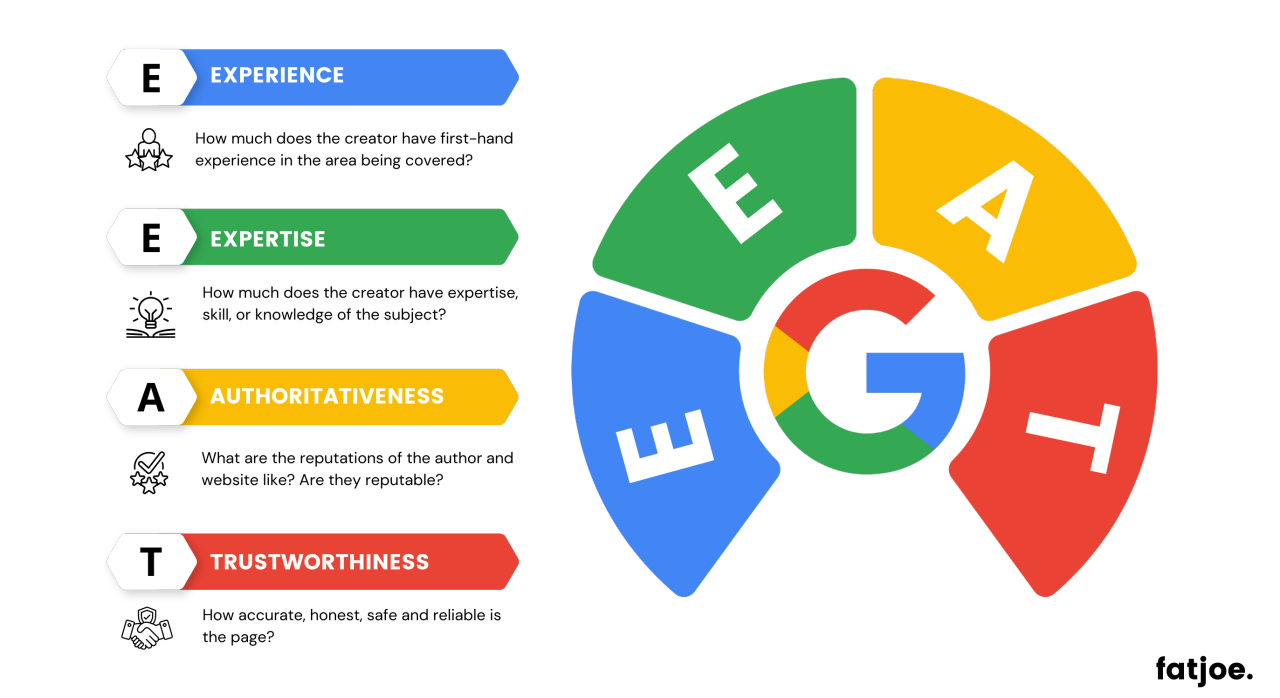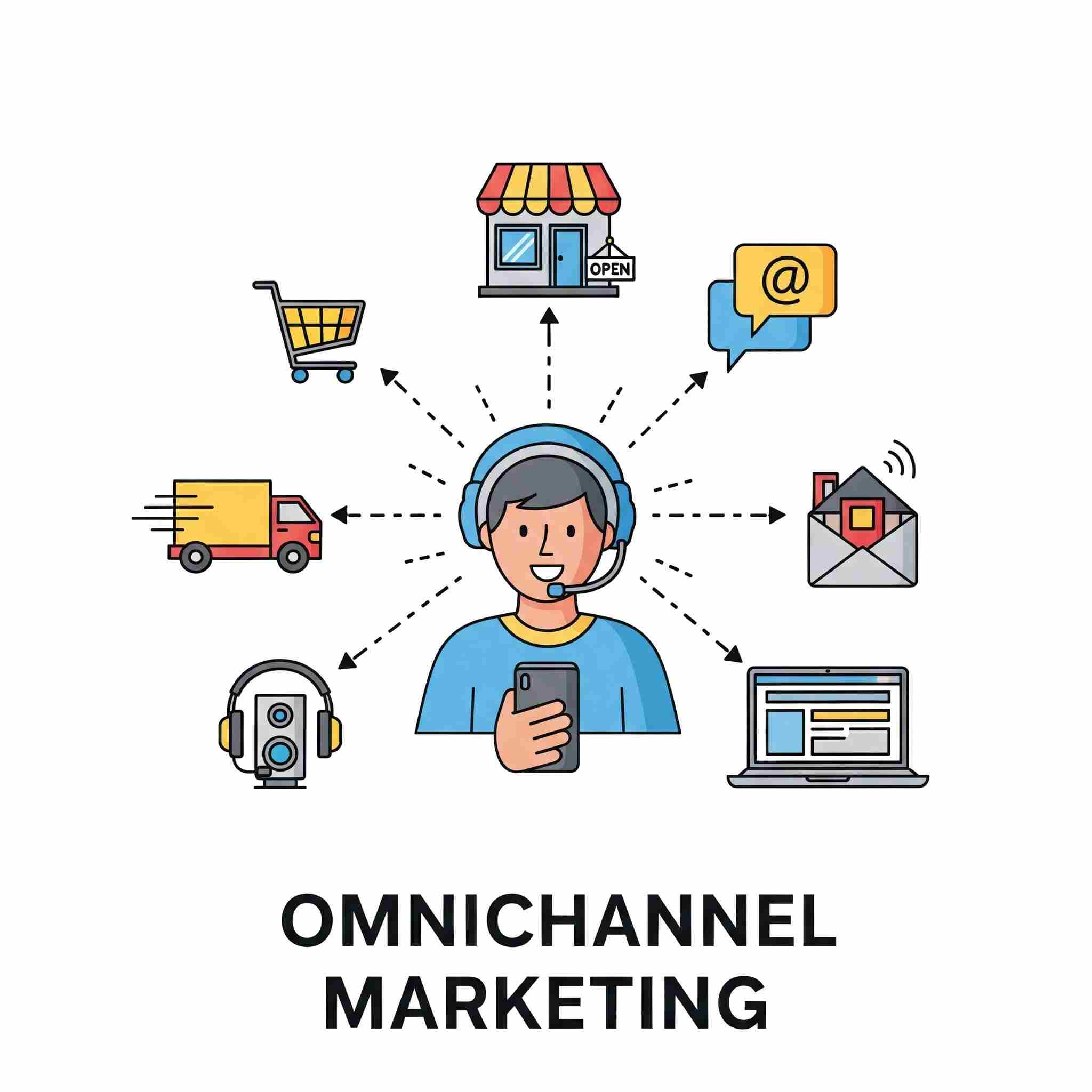What’s the best way to learn about a product, service, or topic? To ask questions about it. And that’s precisely what more and more users are doing. As of 2025, users across the United States are increasingly preferring to talk to chatbots rather than search on Google. This shift to conversational search not only reflects changing user behavior but also opens up new opportunities for businesses to engage with their audience in a more personalized and effective manner.
But the rise of conversational search is about more than a shift from keywords to questions. It’s about understanding and catering to the needs of the user. That’s because question-based isn’t just answering questions, it’s driving positive user experiences. For example, nearly 80% of all users report having positive experiences with conversational AI searches and chatbots. This user-centric approach is what makes conversational search a game-changer in the world of SEO.
So, if you’re not optimizing your content strategy in the direction of conversational search, you might notice a significant loss in website traffic in the long run. This shift to dialogue-based search has substantial implications for SEO strategies. Don’t worry: there’s a simple solution to the problem. All you have to do is restructure your content to suit long-tail queries and naturally include follow-ups. Let’s discuss more about this strategy here!
- What Has Made Search Conversational?
- Why the Shift to Conversational Search?
- How to Optimize for Conversational Search?
- Pivot From Content to Conversation with Lean Summits
- FAQs
What Has Made Search Conversational?
First, let’s address a fundamental question: what exactly has made search conversational? There are three factors that we’ve noticed have made the most significant impact on the shift in search from keywords to questions:
1. Long-Tail Queries
Users no longer search for keywords like “best growth marketing strategy.” Instead, they opt for long-tail questions like, “How do I use growth marketing for my business in 2025?”
While this has a lot to do with the increase in the capabilities of contemporary AI and algorithms, it has also found a ready and willing base of users who prefer asking contextual questions.

Therefore, the first characteristic of conversational search is the use of long-tail questions instead of short keywords.
2. Contextual Follow-Ups
Search is no longer a disjointed operation where the user first asks about Growth Marketing and then later starts a fresh search for “Tools for Growth Marketing.” Instead, they pose dynamic questions like, “Which tools are best for growth marketing for small businesses?”
So, conversational search is about more than just the initial query: it’s about anticipating contextual follow-ups and assisting a reader from start to finish till their intent is fulfilled.
3. Intent-Driven Responses
This brings us to the last factor that makes search conversational: generative engines have transformed natural language processing into natural language understanding. Apart from matching keywords, search engines are equipped to understand the context and understand users’ intent at different stages through their search conversation.
Next, let’s find out what has fueled the rise of conversational search.
Why the Shift to Conversational Search?
As we’ve briefly discussed above, the rise of AI in 2024 is one of the most important reasons behind the change to query-based answers. However, if we look closely, four different factors have brought about this shift:
1. AI-Assistants are Normalizing Dialogue-Based Queries
With 400 million users, ChatGPT is the primary search engine of nearly 8% of all Americans. That’s just one out of a host of generative engines like Gemini, Google Assistant, Amazon Alexa, Apple Siri, and others.
All of them ask users to “ask” their queries rather than “type” them. This is driving more and more users to have conversations with their search engines rather than raise textual queries.
2. Voice Search and Mobile Behavior
More than half of all internet users across the United States interact with voice assistants. But more importantly, nearly 90% of them do so via their smartphones.

This has naturally oriented users to asking contextual queries like, “Where’s the nearest coffee shop?”
3. Google’s AI-Driven Search Revolution
Since its launch in 2024, AI Overview now appears for more than 15% of all Google Searches. It has increasingly provided instant answers to complex questions and even reduced click-throughs by about 35%.
Plus, zero-click searches are now 58% of all searches. That means they require just one detailed question and a click to expand the answer.
4. Users Expect Instant, Personalized Answers
Why exactly do users prefer conversations with AI over searches on Google? They offer detailed, quick answers within seconds and don’t require them to manually hop on different websites to find an answer that addresses their particular needs.
Thus, a combination of the rise of AI, changing user expectations, and the adoption of chatbots on websites is driving the shift from keywords to conversations.
Next, let’s find out exactly what you need to do to benefit from conversational search.
How to Optimize for Conversational Search?
There are five main measures you need to take to optimize for dialogue-based queries:
1. Target Question-Based Queries
More than 60% of all search queries contain a question phrase (who, what, why, when, where, and how). Plus, as we’ve seen, AI assistants like Gemini, Copilot, Siri, and Alexa prioritize direct answers to questions over keyword matches.
So, you should:
- Find common questions around your topic or long-tail keyword.
- Optimize content for long-tail queries.
- Include an FAQ section in blogs, product and service pages, and even about us pages.
We suggest using tools like AnswerThePublic and SEMrush to conduct your query research.
2. Structure Content for Featured Snippets
40% of Google searches result in a featured or rich snippet, which appears on position “0,” i.e., above even the top-ranked website or page. AI overviews go even further: they provide a complete response to user queries by synthesizing answers from different websites.

This means you should structure your content so that it appears AI-friendly by:
- Use bullet points, numbered lists, and short paragraphs to improve scanability.
- Answer user queries directly within the first 100 words of your content.
- Try to cover as many People Also Ask queries through your content as possible.
We’ve also noticed that optimizing for local long-tail queries, such as “what is the auto shipping process in Texas?” improves citations and increases traffic.
3. Optimize for Voice Search
Voice searches aren’t just taking over text-based search; they’re also more likely to be local rather than general. Therefore, your content, especially for localized or B2C services, must include:
- Natural language that is used by your target audience.
- A strong Google My Business profile.
- Optimization for local keywords.
- Mobile-friendly websites with quick response times.
For instance, instead of targeting the keyword, “Top Rated Italian Restaurants,” you should target, “What are the best Italian restaurants open now in Austin?”
4. Leverage AI Tools for Keyword & Content Strategy
AI doesn’t just help customers find answers to their questions or products and services that they need. They can also help you anticipate search trends and predict consumer behavior. In fact, 30% of all marketers are already using AI for keyword research and content clustering.
Here’s how you can do the same:
- Ask generative engines to brainstorm long-tail queries around your keywords.
- Create clusters of semantically related keywords.
- Analyze the FAQs that your competitors are deploying on their blogs and pages.
Thus, you can really accelerate your shift to conversational search by leveraging the source of this very change: conversational AI.
5. Focus on E-E-A-T Guidelines
Google’s EEAT guidelines aren’t new. However, what is new is that AI Overview also prioritizes content that meets EEAT guidelines for compiling its responses. Plus, 75% of all users trust brands that show expertise through their content.

To ensure that your content aligns with EEAT guidelines:
- Cite authoritative sources on your website, including studies, quotes, and case studies.
- Include author bios, product certifications, company experience, and governmental licenses.
- Prioritize content that covers long-tail queries in depth.
Lastly, remember that Google often prioritizes thin content. So, balance the need to offer at least a preliminary answer to a search query within the first 100 words with an in-depth coverage of the topic you’re discussing.
Pivot From Content to Conversation with Lean Summits
Reddit’s user base increased from 175 million in 2023 to 1.23 billion by 2025. That’s a growth of over 600% – and it achieved this extraordinarily high growth by combining a conversational approach to solving search queries with authoritative, human-generated answers.
While your enterprise might operate in a very different industry, segment, or specific region compared to Reddit, the trend remains the same. Generative search will reward authentic content that solves detailed queries that meet EEAT guidelines.
Now, it’s time for you to step into the era of generative search and pivot from keyword-based searches to conversation-driven questions. If you want a roadmap to this transformation but don’t know how to approach it, we highly recommend working with a growth marketing enterprise like Lean Summits.
At Lean Summits, we specialize in crafting tailored Generative Optimization strategies for a diverse range of industries. Whether you want to restructure existing content or create an entirely new GEO strategy, we’ll help you create a customized roadmap that aligns with your short-term priorities and long-term needs.
So, tell us about your company and growth objectives, and connect with us to find out how you can go from the top of the SERP to the top of AI Overview citations without losing any traffic!
FAQs
What is conversational search?
Conversational search means users ask full questions (like “How do I optimize for AI search?”) instead of typing keywords like “AI search optimization.” This is mainly because AI tools like ChatGPT and Google’s AI Overviews now prioritize natural-language queries over fragmented keywords, and users want quick, personalized answers to their questions.
Why should I optimize for conversational search?
You must optimize your content and website for conversational search because at least 35% of users now prefer chatbots over Google, while 58% of searches end without clicks. If your content doesn’t answer questions directly, you’ll miss traffic from AI summaries and voice searches. Worse, you might lose your existing traffic to competitors who do optimize for conversational search.
How do I find conversational keywords?
We suggest using tools like AnswerThePublic to find conversational keywords. You can also ask AI tools like ChatGPT questions like “What questions do people ask about [your topic]?” We also recommend targeting long-tail queries like, “What’s the best CRM for small businesses in 2025?”
Does voice search really matter for SEO?
Yes! 51% of U.S. users use voice search, and 70% of queries are local. So, you should ensure that you have a quick-loading mobile website in place and optimize your content and pages for phrases like “Where’s the best pizza near me?”
How does E-E-A-T help with AI Overviews?
Google prioritizes content that meets Expertise, Authoritativeness, and Trust guidelines when compiling its responses to user queries. In fact, pages with strong E-E-A-T rank 50% higher in AI-generated answers. To meet these guidelines, you should cite studies, add author bios, and avoid fluff.


